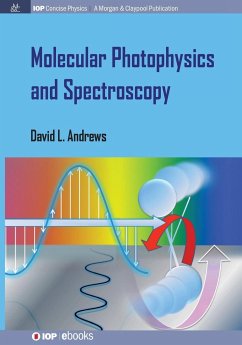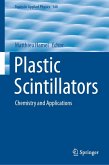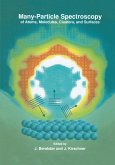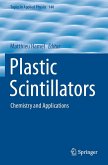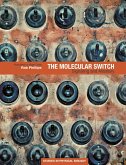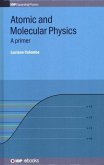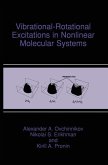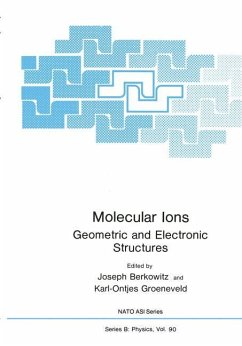This book provides a fresh, photon¿based description of modern molecular spectroscopy and photophysics, with applications drawn from chemistry, biology, physics and materials science. The concise and detailed approach includes some of the most recent developments, dispensing with old¿fashioned treatments of theory and instrumentation. Instead, the focus is on how light absorption and scattering occurs in molecules, and what happens to the energy that the molecules can acquire. The author draws upon his extensive experience of teaching these subjects at university level. Departing from the entrenched pattern of most textbooks, this book provides a modern and amenable treatment, directly meeting the needs of today's scientist. The text is fresh and lively, interspersed with vivid original figures, and there are numerous worked examples, illustrating the principles with real¿world examples.
Hinweis: Dieser Artikel kann nur an eine deutsche Lieferadresse ausgeliefert werden.
Hinweis: Dieser Artikel kann nur an eine deutsche Lieferadresse ausgeliefert werden.

